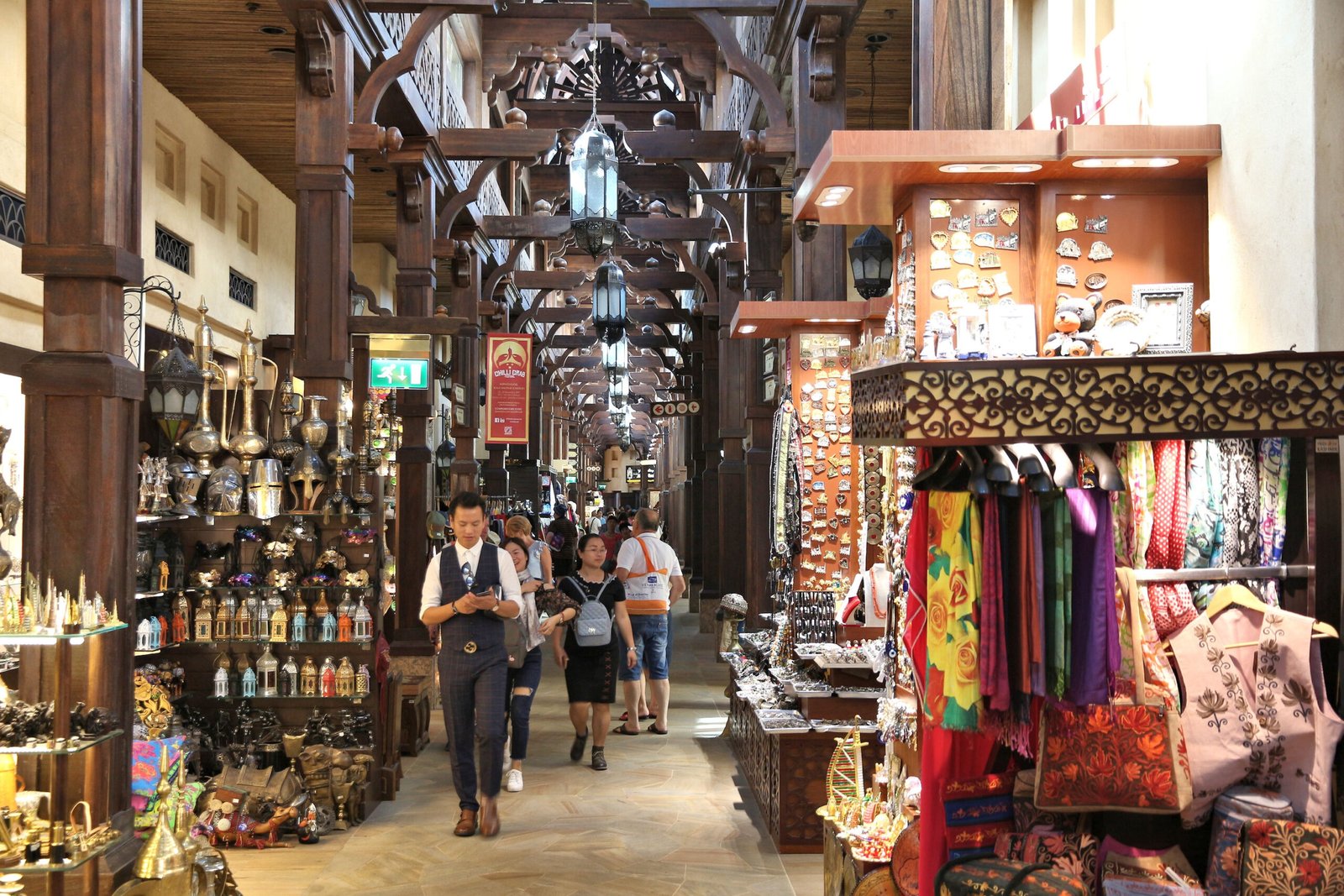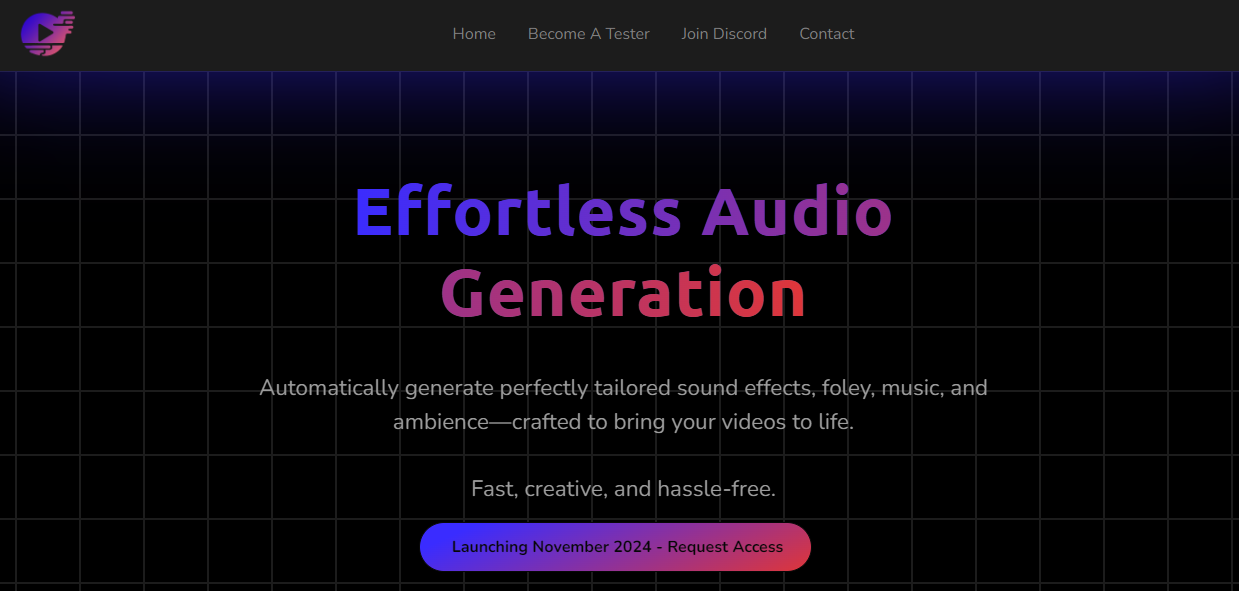The medical spa market has undergone significant growth in recent years, blending traditional spa services with advanced medical treatments. In 2023, the market was valued at USD 18.01 billion and is forecasted to expand at an impressive CAGR of 13.3%, reaching a value of USD 55.42 billion by 2032. The increase in consumer demand for wellness retreats, anti-aging procedures, and non-invasive aesthetic solutions has created a robust platform for market expansion. Let’s take a closer look at the key factors driving this growth and the trends shaping the future of this booming industry.
Key Market Drivers and Trends
1. The Rise of Wellness Tourism
One of the most significant factors contributing to the growth of the medical spa market is the rise of wellness tourism. Consumers today are seeking holistic health experiences that combine relaxation, medical expertise, and physical well-being. Wellness-focused vacations are no longer a luxury for the elite; they’ve become a mainstream trend. Spas are evolving into medical wellness centers, offering therapeutic treatments such as detoxification, stress relief programs, and skin rejuvenation techniques. Popular destinations like Switzerland, Bali, Thailand, and Germany are emerging as wellness hubs, where medical spas provide tailor-made programs to rejuvenate the body and mind.
2. Non-Invasive Procedures Driving Consumer Interest
Consumers are increasingly opting for non-invasive treatments like Botox, dermal fillers, and laser therapies. These procedures offer visible results without the risks and recovery time associated with traditional surgical methods. The growing demand for quick, painless, and effective treatments is reshaping the aesthetics industry, making medical spas a preferred destination. Procedures like cryotherapy, microneedling, and cool sculpting have become popular due to their minimal downtime and high efficiency. These services attract clients looking to enhance their appearance or resolve skin issues in a comfortable, spa-like environment.
3. Technology-Driven Solutions Revolutionizing the Industry
Technological innovations are significantly transforming the medical spa industry. New advancements, such as AI-driven skin diagnostics, 3D body contouring, and laser-based treatments, are enabling spas to provide precise, customized care. For example, AI-powered devices can analyze skin texture, pigmentation, and elasticity, delivering personalized treatment plans for individual clients. Telemedicine is also gaining traction, allowing clients to consult with specialists remotely before scheduling their in-person treatments. The integration of smart devices and AI enhances the overall experience, bringing efficiency, precision, and a personalized approach to medical spa services.
Challenges Facing the Medical Spa Market
1. High Costs and Accessibility Issues
While medical spas offer advanced treatments, the high cost of these services can be prohibitive for many consumers. The use of cutting-edge technologies and licensed medical professionals contributes to the higher prices. This cost barrier limits the accessibility of medical spa treatments to affluent clients, making it challenging for mid-range consumers to participate. To address this, many businesses are introducing financing plans or loyalty programs, but cost remains a significant restraint in the market.
2. Regulatory Differences Across Regions
Medical spas operate at the intersection of the wellness and medical industries, which means they are subject to various regulations depending on the country or state. These regulations can vary widely, impacting the consistency of service quality across regions. While some regions, like North America and Europe, have stringent standards for cosmetic procedures and medical oversight, other regions may lack uniform regulation. This inconsistency can affect consumer trust and the overall growth of the market.
3. Need for Skilled Professionals
As medical spas offer more complex and technologically advanced treatments, the need for well-trained and certified professionals has increased. Treatments such as laser therapies, injectables, and cosmetic dermatology require a deep understanding of both medical protocols and aesthetic techniques. A shortage of trained professionals could limit the ability of spas to provide quality service, especially as demand for these services continues to rise.
Market Segmentation and Emerging Opportunities
1. Service Type
- Facial Treatments: With the rise in consumer demand for anti-aging solutions, facial treatments like microdermabrasion, chemical peels, and laser resurfacing have gained significant popularity. They offer non-invasive options to enhance the skin’s appearance, making it a go-to treatment for many.
- Injectables: Botox, dermal fillers, and hyaluronic acid injections continue to dominate the market due to their quick and visible results. Clients prefer these procedures to address wrinkles, fine lines, and loss of facial volume without surgery.
- Body Treatments: Body contouring procedures, like CoolSculpting and radiofrequency therapy, are gaining traction as they provide a non-invasive alternative to liposuction, offering fat reduction and skin tightening with little to no downtime.
2. By Age Group
- Millennials (ages 25-40) are a key demographic for the medical spa market. They are highly image-conscious, frequently seeking out preventive treatments to maintain a youthful appearance. Services like Botox for wrinkle prevention and laser hair removal are popular among this group.
- Baby Boomers (ages 55-75) tend to focus more on treatments that restore and reverse signs of aging. This demographic seeks out skin tightening, facial rejuvenation, and joint pain relief therapies, highlighting the growing demand for regenerative treatments in the medical spa sector.
3. By Gender
- Men are increasingly becoming part of the medical spa clientele, seeking treatments like hair removal, body sculpting, and skin rejuvenation. This marks a significant shift in the traditionally female-dominated market, opening up new avenues for growth.
Regional Insights
- North America: Leading the market, North America holds the largest share due to its advanced healthcare infrastructure, high disposable income, and the growing interest in anti-aging solutions. The U.S. is home to several luxury medical spas that offer cutting-edge treatments using the latest technology.
- Europe: Europe’s wellness-focused culture, combined with rising consumer interest in holistic health, has positioned the region as a growing market for medical spas. Countries like Germany, Switzerland, and Italy are becoming popular destinations for wellness tourism, where clients seek both medical and aesthetic treatments.
- Asia-Pacific: The Asia-Pacific region is poised for rapid growth, driven by increasing disposable incomes and a growing desire for beauty and wellness. South Korea, Japan, and China are significant contributors, offering advanced aesthetic treatments at competitive prices.
Competitive Landscape
The competitive landscape in the medical spa industry is rapidly evolving, with several key players expanding their offerings and geographical presence.
- Biovital Med Spa LLC is a leader in integrative health, combining traditional spa services with cutting-edge medical treatments to address holistic wellness.
- Sciton, Inc. specializes in laser and light technology, providing high-quality tools for skin resurfacing, body contouring, and aesthetic treatments.
- Lanserhof Lans is known for its luxury medical spa services, particularly in regenerative medicine, and attracts high-end clientele seeking bespoke wellness programs.
- Canyon Ranch is an established name in wellness, offering a blend of medical spa treatments and lifestyle programs aimed at holistic health and well-being.
Impact of COVID-19 on the Medical Spa Industry
The COVID-19 pandemic significantly impacted the wellness industry, including medical spas. With lockdowns and travel restrictions in place, many spas had to close temporarily. However, the crisis also accelerated the adoption of telemedicine and virtual consultations, allowing clients to maintain contact with specialists and plan future treatments. Now, post-pandemic, the demand for immune-boosting therapies, stress-relief treatments, and wellness vacations has surged, as consumers prioritize health and well-being more than ever before.
Future Outlook and Emerging Opportunities
- Personalized Wellness: Clients are increasingly looking for bespoke treatment plans tailored to their unique health needs. Data-driven tools such as AI are enabling spas to create highly personalized programs based on skin type, lifestyle, and goals.
- Sustainability: As consumers become more eco-conscious, there is a growing demand for spas to adopt sustainable practices. This includes using environmentally friendly products, reducing waste, and implementing energy-efficient technologies.
- Integration of Mental Health: A growing number of medical spas are expanding their offerings to include mental health services such as meditation, stress management, and mindfulness therapies. This integration addresses the increasing consumer desire for treatments that target both physical and mental well-being.
FAQs
- What services do medical spas offer? Medical spas offer a combination of traditional spa services, such as massages and facials, along with medically supervised treatments like Botox, dermal fillers, and laser therapies.
- What is driving the growth of medical spas? The rising demand for wellness tourism, non-invasive cosmetic procedures, and technology-driven treatments are key drivers of growth.
- Which regions are leading the medical spa market? North America holds the largest market share, followed by Europe and Asia-Pacific, which are experiencing significant growth due to increasing demand for wellness and beauty treatments.
- How has the pandemic impacted the medical spa industry? The pandemic caused temporary closures but also spurred innovations like virtual consultations and a surge in demand for post-pandemic wellness treatments.












